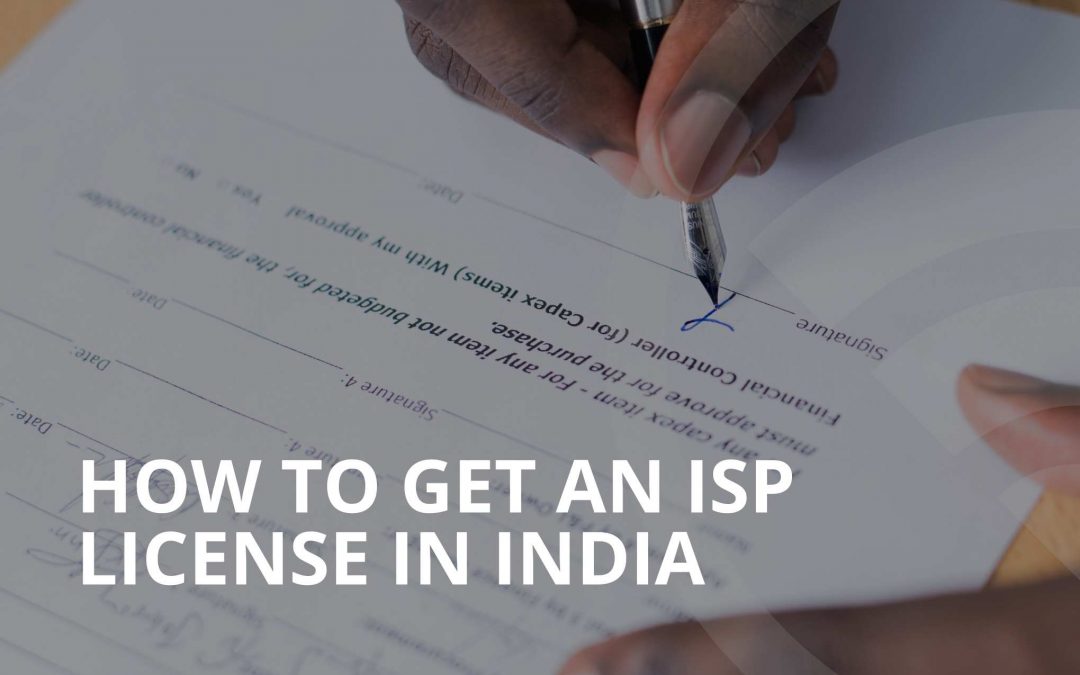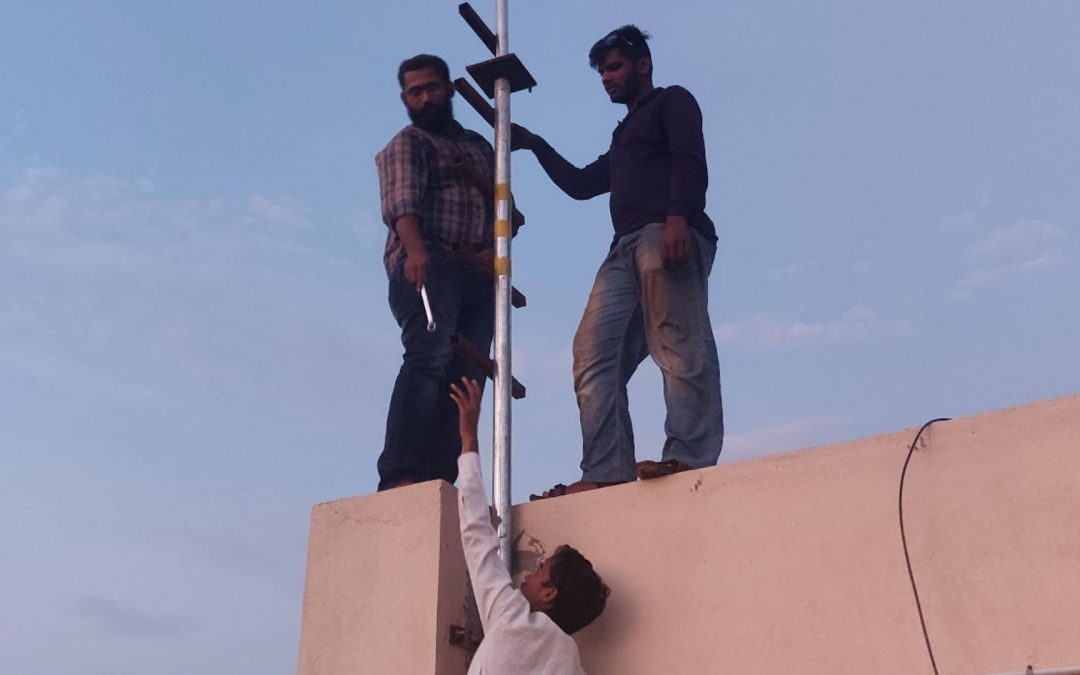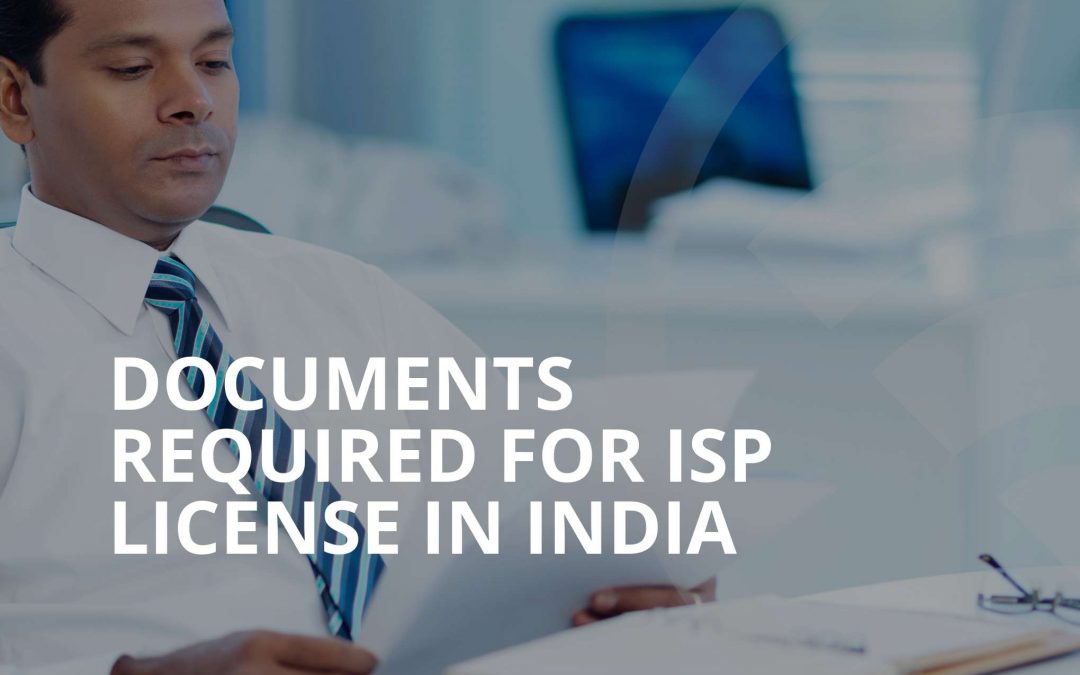Introduction
In this age of digital transformation, data has become the lifeblood of economies, driving innovation, connectivity, and progress. Across the globe, the demand for data is surging, fueled by advancements in technology, increasing internet penetration, and a growing reliance on digital platforms. India, in particular, has witnessed a remarkable rise in the demand for data, with its population of over 1.3 billion people embracing the digital wave. To keep pace with this exponential growth, Internet Service Providers (ISPs) play a pivotal role in fulfilling the nation’s hunger for data. In this blog, we will explore the increasing data demand in India and discuss how ISPs can rise to the occasion and meet the evolving needs of their consumers.
Understanding the Growing Data Demand
1. Growing Internet Penetration
India has experienced a remarkable surge in internet penetration over the past decade. The rapid expansion of affordable smartphones and decreasing data costs have played a pivotal role in connecting millions of Indians to the online world. According to recent reports, India had over 759 million internet users in 2022, making it the biggest online market globally. As more people gain access to the internet, the demand for data-intensive activities such as video streaming, social media, e-commerce, and online gaming continues to soar.
2. Digital Transformation and E-Governance
India has been actively pursuing digital transformation and e-governance initiatives, leveraging technology to improve citizen services, enhance transparency, and promote inclusive growth. Initiatives like Digital India, Aadhaar (unique identification), and Goods and Services Tax Network (GSTN) have propelled the adoption of digital platforms and services. This digital transformation has led to an increased demand for data to support e-governance systems, online transactions, and data-driven decision-making.
3. Smartphone Revolution and Mobile Applications
The advent of affordable smartphones and the availability of low-cost mobile data plans have revolutionized the way Indians consume digital content. Mobile applications have become an integral part of daily life, catering to a wide range of needs, from communication and entertainment to education and financial services. The popularity of apps like WhatsApp, Facebook, Instagram, and YouTube has surged, necessitating substantial data consumption for seamless usage. Additionally, the rise of digital payment platforms like Paytm and Google Pay has further driven the demand for data as more transactions shift online.
4. Digital Entertainment and Streaming Platforms
India’s affinity for entertainment, particularly movies and television, is legendary. With the rise of digital streaming platforms like Netflix, Amazon Prime Video, and Disney+ Hotstar, Indians now have access to a vast library of on-demand content. The popularity of these platforms, coupled with the emergence of homegrown streaming services like ZEE5, ALTBalaji, and MX Player, has propelled the consumption of high-quality video content. This surge in video streaming has significantly contributed to the increasing demand for data, as users seek uninterrupted access to their favorite shows and movies.
5. E-commerce and Online Retail
The e-commerce boom in India has been a game-changer, offering convenience and a wide range of products at competitive prices. Leading players like Amazon and Flipkart, along with a multitude of smaller platforms, have witnessed exponential growth, driving increased digital transactions. The shift towards online shopping, from groceries to electronics, has created a significant demand for data as consumers browse, compare prices, and make purchases from the comfort of their homes.
How ISPs Can Fulfill the Increasing Data Demand
1. Expanding Infrastructure:
ISPs need to invest in expanding their infrastructure, including the development of robust broadband networks and the deployment of high-speed fiber optic cables. This will ensure that data can be transmitted efficiently and that users can enjoy a seamless internet experience.
2. Improving Last-Mile Connectivity:
Enhancing last-mile connectivity is crucial for delivering reliable internet services to even the remotest areas of the country. ISPs can focus on improving connectivity in rural and underserved regions by deploying technologies like Wi-Fi hotspots, satellite internet, and innovative wireless solutions.
3. Upgrading Bandwidth Capacities:
ISPs must constantly upgrade their bandwidth capacities to meet the increasing data demands of consumers. By investing in higher bandwidth options, they can ensure faster and more stable internet connections, accommodating the growing needs of online activities such as video streaming, online gaming, and virtual meetings.
4. Encouraging Fiberization:
Fiberization refers to the expansion of fiber optic networks to homes, offices, and commercial spaces. Encouraging fiberization will enable ISPs to deliver high-speed internet connections capable of meeting the escalating data requirements. Collaborations with local authorities and property developers can help expedite the process.
5. Collaboration with Content Delivery Networks (CDNs):
ISPs can collaborate with CDNs to optimize content delivery and reduce latency. CDNs distribute content across multiple servers strategically placed across different locations, ensuring faster content access for users. By partnering with CDNs, ISPs can enhance the performance of data-intensive services, such as video streaming platforms.
Conclusion
The rising demand for data in India is transforming the country’s digital landscape and presenting new opportunities for businesses, entrepreneurs, and policymakers. However, this rapid growth also poses challenges in terms of infrastructure, data security, and privacy. Addressing these concerns while meeting the increasing demand for data will be crucial for sustainable development and the realization of India’s digital ambitions.
As the demand for data continues to surge, India must focus on expanding its digital infrastructure, improving internet speeds, and bridging the urban-rural.






